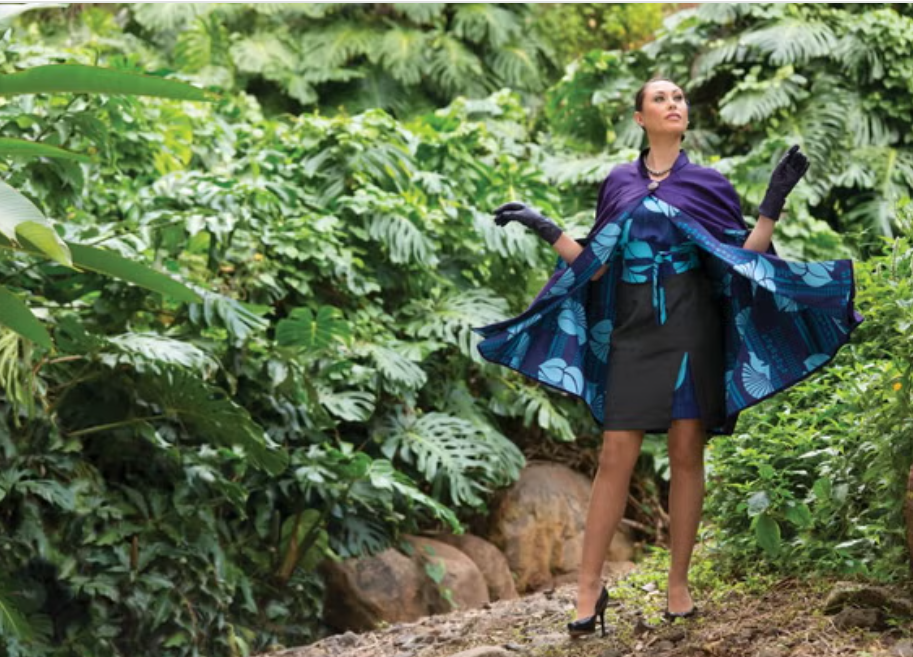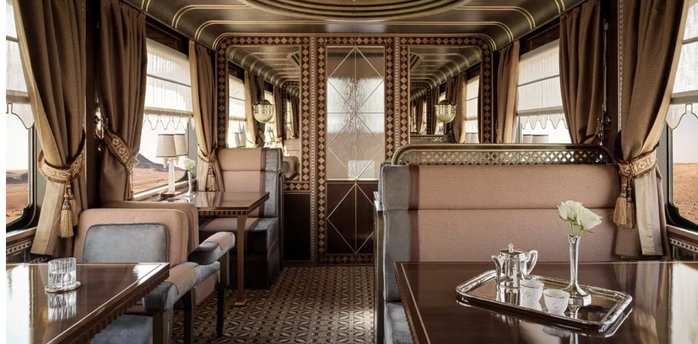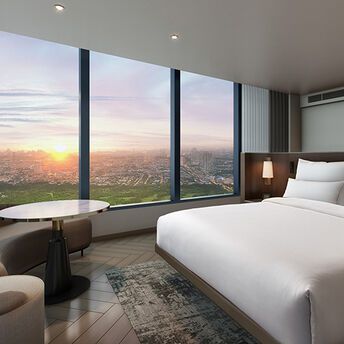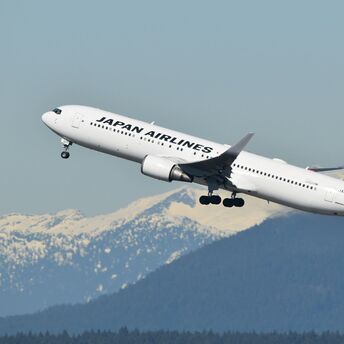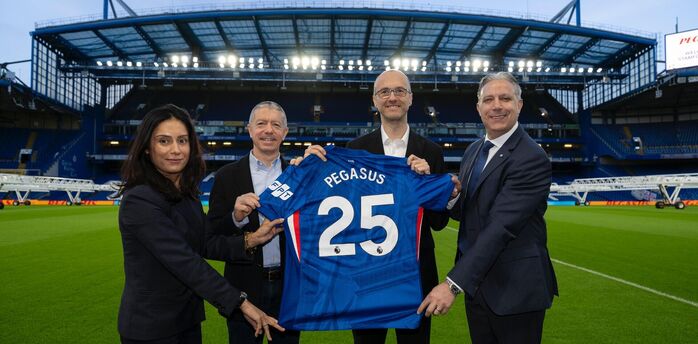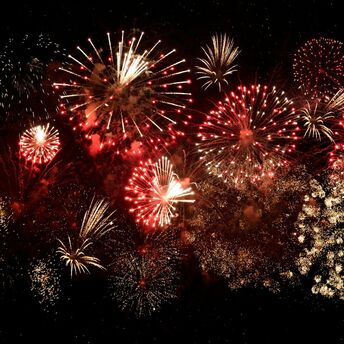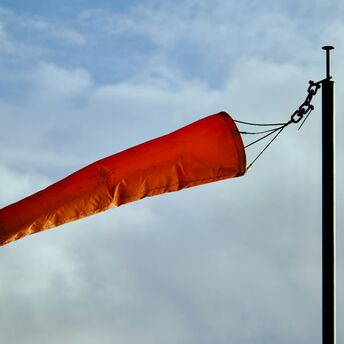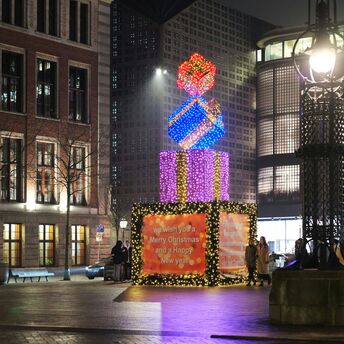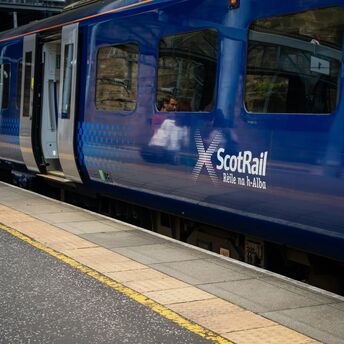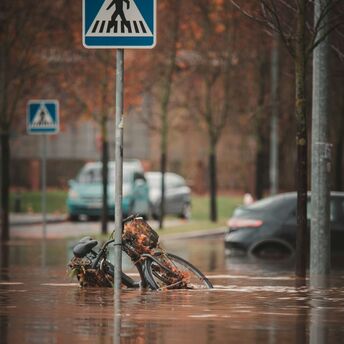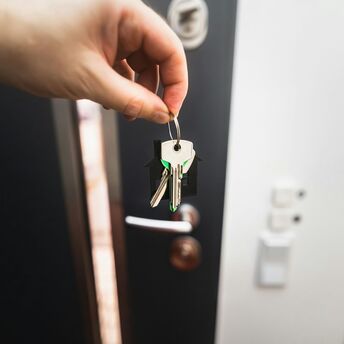What to keep an eye on on board: the world's best and worst crew uniforms
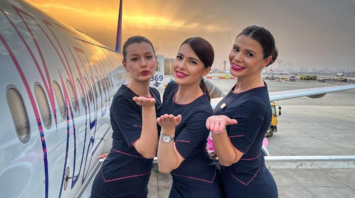
Each airline has its own corporate identity, which is reflected in the crew's uniforms. Pilots and flight attendants wearing the same uniform command respect and admiration.
While some airlines prefer casual wear, others go the extra mile when it comes to making their staff look special. According to the Іndependent, in recent years there has been a trend away from tradition, as comfortable sneakers replace high heels, and gender-neutral uniforms such as jumpsuits and trench coats become increasingly popular.
SkyUp. In 2022, the Ukrainian airline SkyUp said goodbye to conservative classics such as tight skirts and stiletto heels and welcomed loose orange pantsuits and white Nike sneakers into the cabin. The new look, accented with a blue silk scarf, combines style and comfort.
Wizz Air. Anyone who has traveled with the low-cost Hungarian airline remembers the incredibly brightly colored crew shirts with soothing purple cuffs. In 2015, the company's uniforms were rebranded when Wizz Air allowed staff to vote on a new style of uniform. This resulted in a new piece of clothing - a full dress.
British Airways. The new elegant navy blue BA models acted as a counterweight to the well-known traditional dress code. The new uniforms were developed during a trial involving 1,500 employees. One of the design consultants, Emma Carey, said: "It was a real honor and responsibility to work with thousands of my colleagues to help trial the new uniforms and test them at 35,000 feet to make sure they were fit for purpose."
Hainan Airlines. The Chinese airline has teamed up with designer Lawrence Xu to create a collection of elegant haute couture cabin clothing inspired by traditional Chinese clothing called Cheongsam. The new look was presented at Paris Fashion Week and was widely recognized for its coats, stiletto heels, beret-style hats and high-heeled shoes.

Lufthansa. In 2022, a subtle and sustainable design debuted; a blue and white traditional uniform designed by costume specialist Angermeier brought Bavarian style to flights bound for Munich's beer festival.

Qantas. Yes, yes, yes. During the 2023 uniform change, Qantas abandoned the mandatory high-heeled shoes for the first time in the carrier's 102-year history and introduced makeup for flight attendants of any gender.
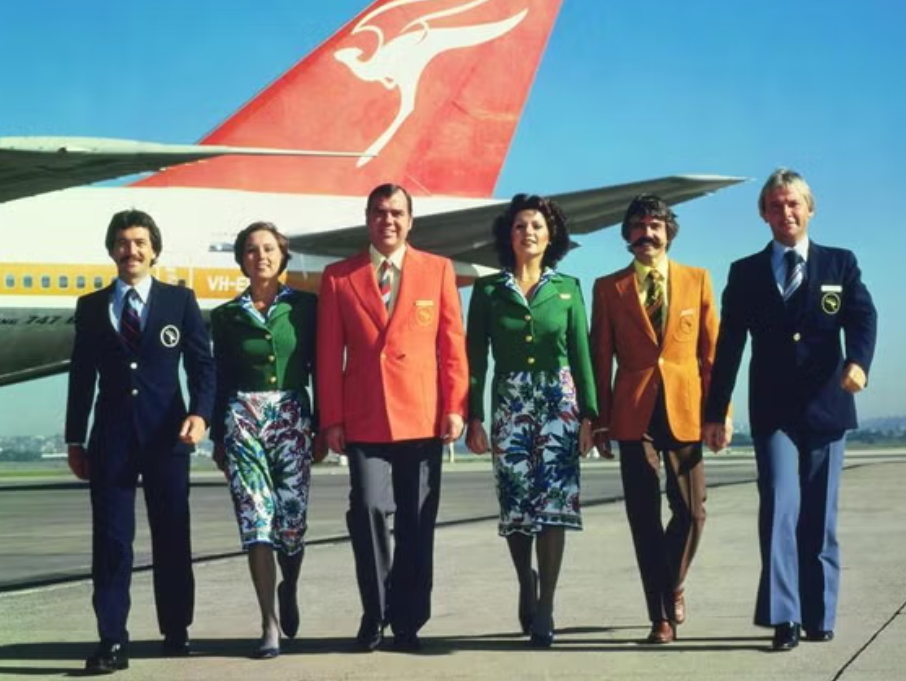
Singapore Airlines. Singapore Airlines crews are known for their uniforms inspired by the sarong kebaya, a traditional garment worn by women in Indonesia, Singapore and Malaysia. The uniforms, designed by Parisian couturier Pierre Balmain, were introduced in 1972 and have remained more or less unchanged since then.
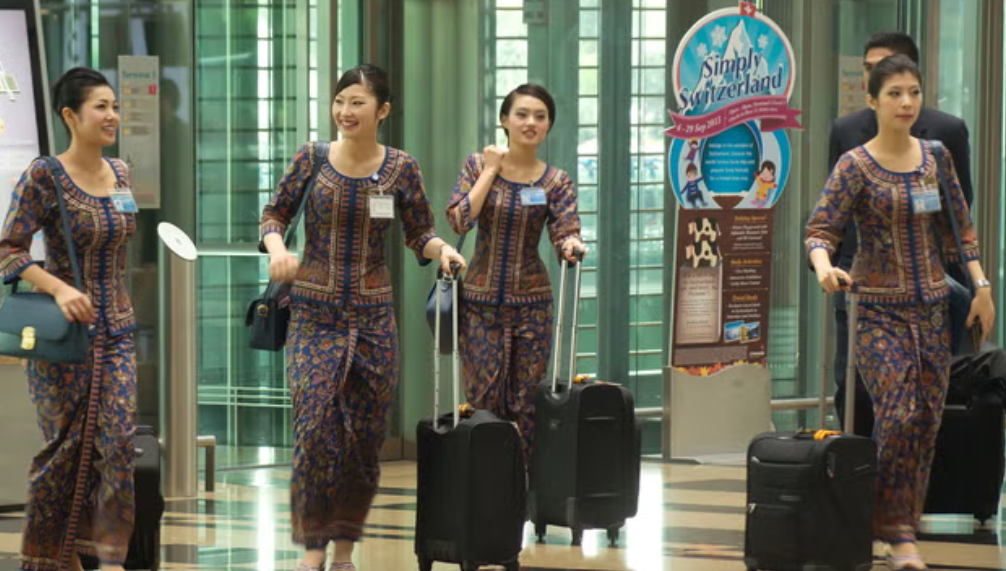
Air New Zealand. The word baroque comes to mind when you look at the bright purple and black Trelise Cooper uniforms designed in 2010. But what's even more striking is that the airline's outdated look isn't its biggest fashion mistake. Think back to the jellybean mini-dresses of the 1980s and the history of questionable hats.
The Emirates uniform, designed by Simon Jersey, is instantly recognizable by the red hats, cream scarves and beige suits that the staff wears whenever they are out in public. Perhaps more famous than their outfits is the makeup routine of the crew members. They have to wear one of the approved shades of red lipstick to match their hat, style their hair in one of the accepted styles - French roll, twist, or braids - and are asked to go through a seven-step makeup routine.
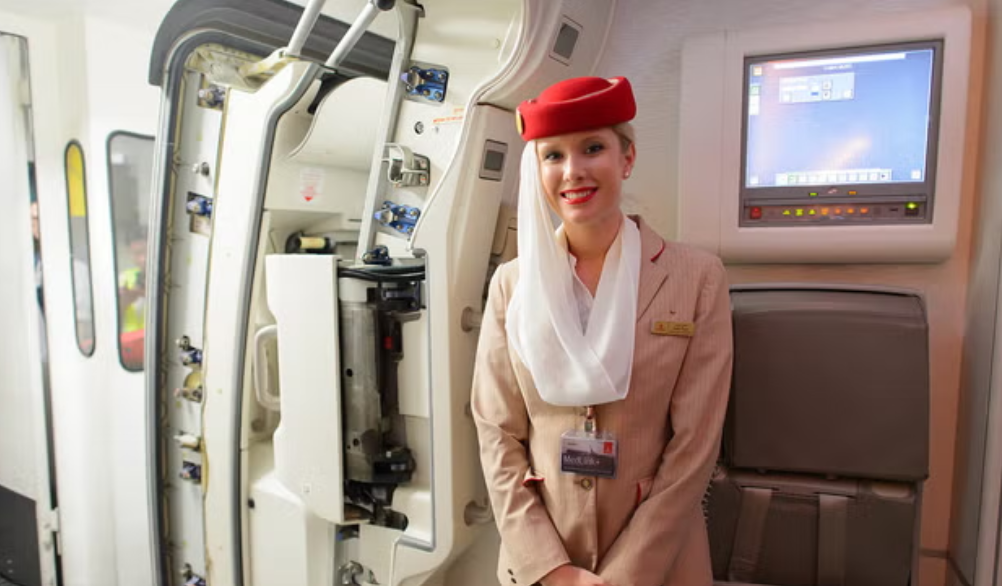
The Philippine airline Cebu Pacific has had many bold uniforms over the centuries, including an orange and yellow one that symbolizes the sun. Not content with this bold look, the airline rolled out an even bolder, bright, yellow number with denim accents - yes, denim - by Jun Escario in 2016. His everyday debut in aviation fashion? Unique.
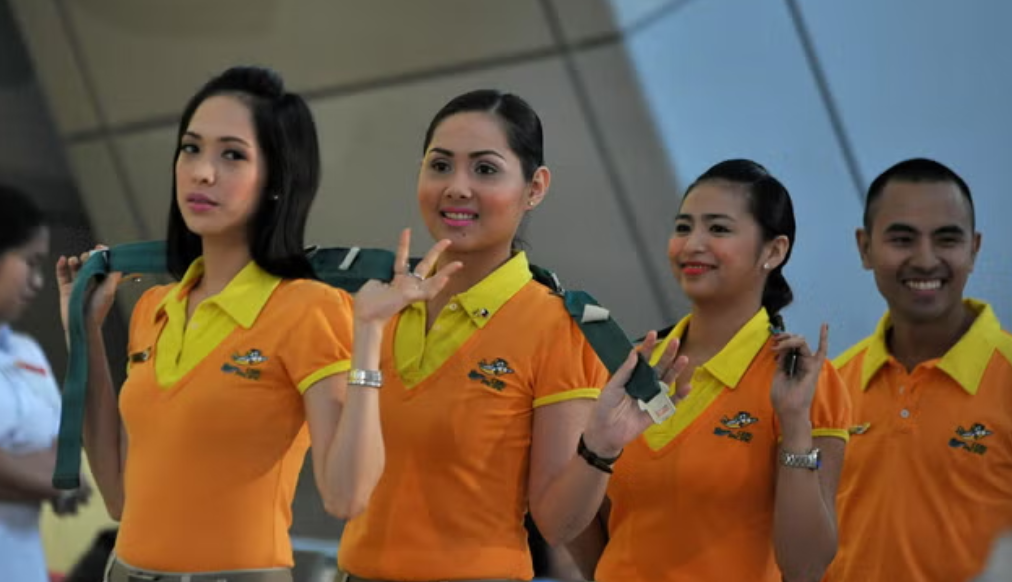
Virgin Atlantic's bright red Vivienne Westwood style, which is a symbol of gender uniforms and a key attribute of the fashionable airline. Since 2019, the airline has allowed women to wear pants as part of their standard uniform.
Hawaiian Airline's lehua flower print details could have been a pretty stylish success, but 2016 was apparently the year of bold fashion decisions for flight attendants, and the purple and blue cape somehow made it into the cabin. The designer of the aerodynamic element was Sig Zane, but these elements were never applied to the style again.
